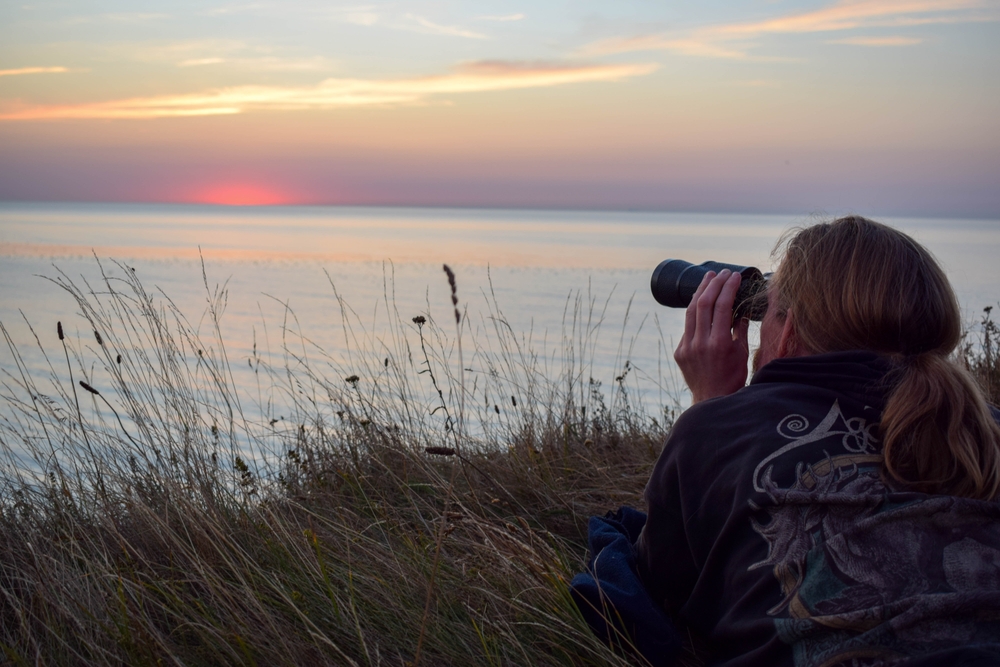Wildlife watching offers a unique way to connect with nature, and each season brings its own set of sights and sounds. By tuning into the rhythms of the year, you can experience the magic of seasonal wildlife activity, from bird migrations to animal mating rituals. Knowing what to look for and when can enhance your wildlife-watching adventures and deepen your appreciation for nature’s cycles.

In spring, wildlife is alive with energy as many species emerge from hibernation or return from migration. Birdwatching is especially rewarding as migratory species like warblers and swallows make their way back, filling the air with song and color. This is also the breeding season for many animals, so be on the lookout for young fawns, playful fox kits, and nests filled with chicks. Summer brings the peak of activity for insects, such as butterflies and bees, which play essential roles in pollination. Fields and meadows are buzzing, and it’s a fantastic time to observe the delicate process of pollination up close.
Autumn is known for the spectacle of migration. Many birds, such as geese and hawks, begin their journey south, often forming large flocks that create beautiful patterns across the sky. This is also the rutting season for deer, and their calls can be heard in forests as bucks compete for mates. Winter, while quieter, is perfect for spotting wildlife like owls and eagles, whose hunting activities become more visible in sparse landscapes. Each season offers its own treasures—knowing what to look for helps you make the most of every wildlife-watching experience.
In addition to observing animals, paying attention to the changing plants and landscapes adds richness to your wildlife-watching experience. Spring blooms like wildflowers and blossoming trees provide a vibrant backdrop for spotting birds and pollinators, while summer’s lush greenery creates habitats for small mammals and reptiles. In autumn, the vibrant foliage enhances the beauty of bird migrations and provides essential food sources, like acorns and berries, that sustain animals preparing for winter. Watching the natural scenery shift with each season brings a deeper understanding of the ecosystems that support local wildlife.

Consider setting up a journal to record your observations throughout the year for an even closer connection to seasonal wildlife. Note down the species you encounter, the behaviors you observe, and any seasonal patterns you notice. Over time, you’ll start to see trends—such as when certain birds arrive or specific plants bloom—that will help you anticipate wildlife activity in your area. This practice enriches your wildlife-watching experiences and contributes to citizen science efforts, as your notes can provide valuable data on local biodiversity.
Finally, adopting a quiet, patient approach can lead to more rewarding encounters. Many animals are skittish around humans, so move slowly, stay downwind, and use natural cover to avoid startling them. Binoculars or a camera with a zoom lens allow you to watch from a respectful distance, giving animals the space to behave naturally. By observing carefully and respectfully, you’ll gain a greater appreciation for the unique behaviors and interactions that make each season’s wildlife so captivating.
